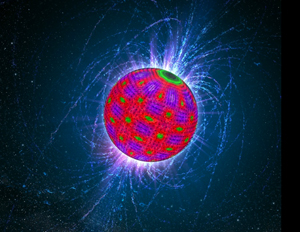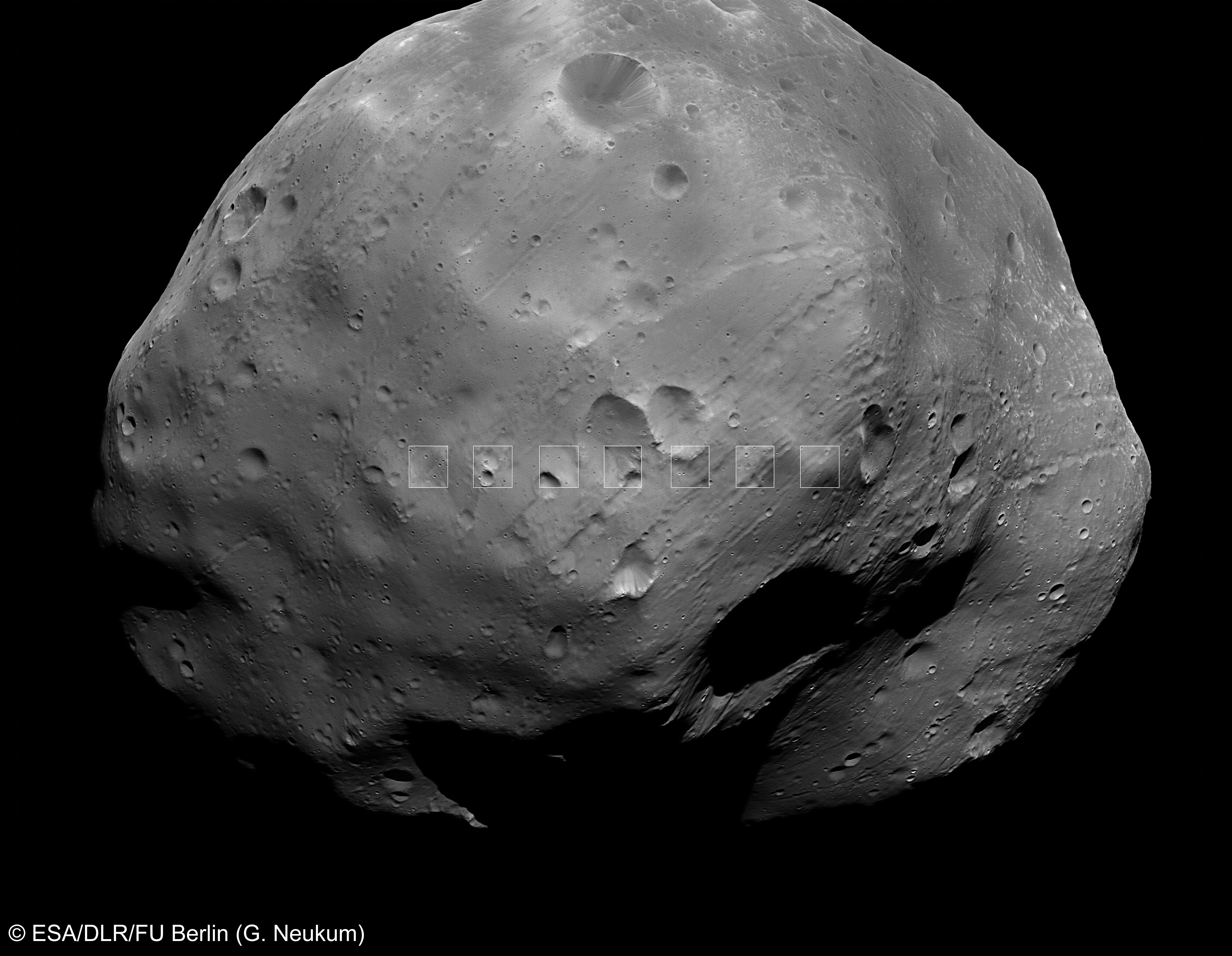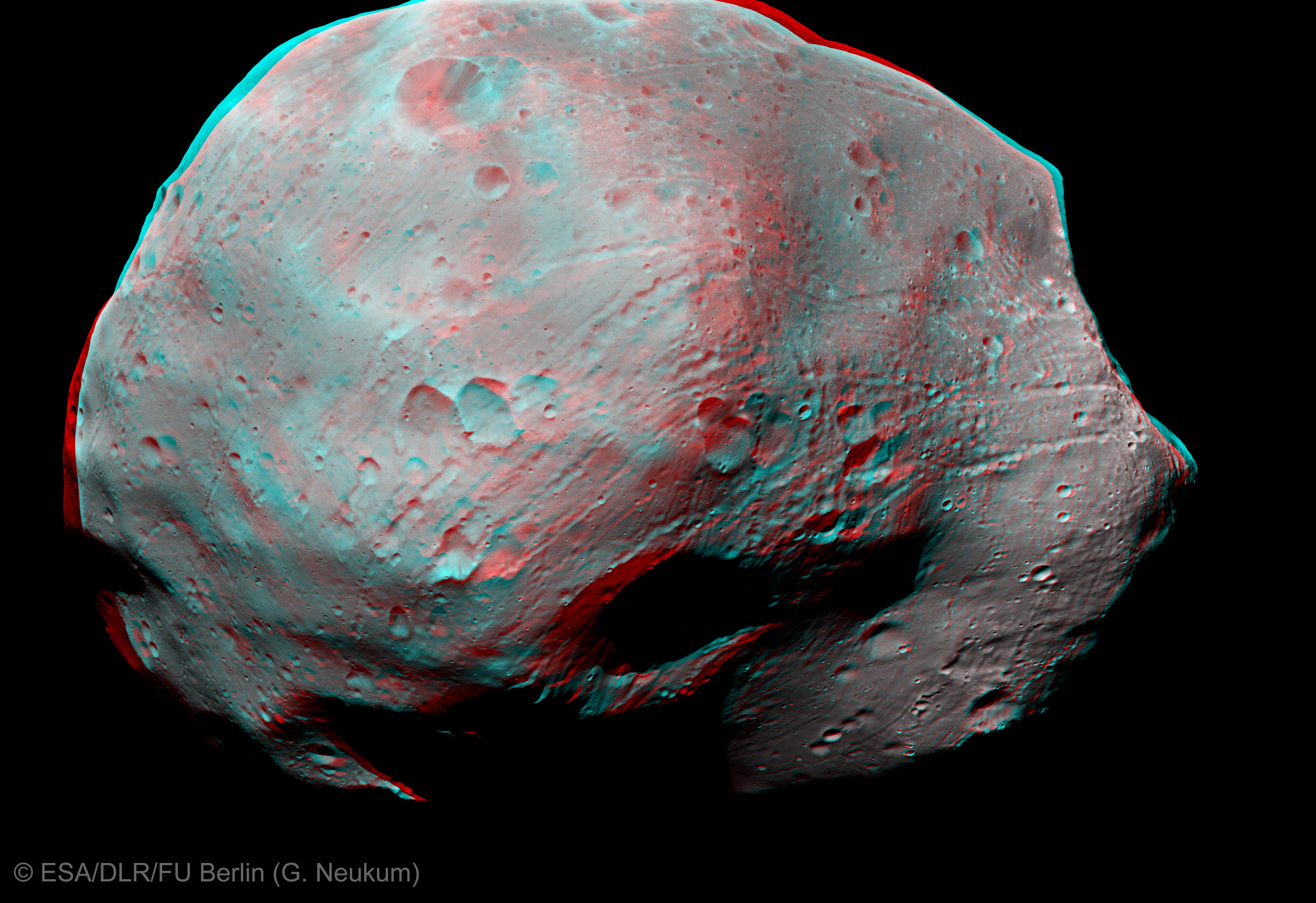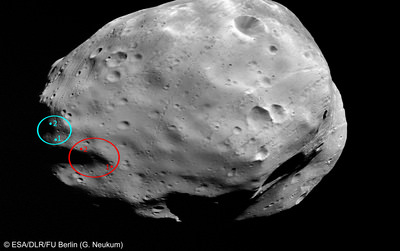Betelgeuse, the red supergiant star at 640 light years from here, is dying. Massimo Turatto, director OA Trieste, in this interview reveals what really happens when it came his time (within the next million years), what you see from Earth because it would be better not to look out the window.
One morning we wake up and, looking out the window, we will see two suns shining above the city. Not exactly the two disks, as in Star Wars, but another new source beam in the sky, though point. Science fiction? No. It is the scenario that probably will occur (and will last for a few months) when the red supergiant Betelgeuse, now dying, will end his day, disintegrating in catastrophic explosions, visible to the naked eye, given its proximity to us, is only 640 light years from here, in the constellation of Orion.
It was enough that the physical Brad Carter, University of Queensland, to declare the site
news.com.au that the event can happen before the infamous 2012, or at any time in the next few million years, to unleash the Apocalypse Cassandre , terrorizing the followers of the Mayan prophecy, galvanize fans of the famous saga of George Lucas, excited at the thought of Earth as the world Tatooine.
Sorry to play the part of the damper. But there is little to fear, and perhaps even less to celebrate. Massimo
Turatto, Director of INAF - Italian Astronomic Observatory of Trieste in this interview reveals truths and lies on the supernova that "soon" explode. Read it slowly, so it is useless to rush away from home. Nobody knows when the show will be staged, but it is very unlikely to happen right now. Also, it might not be so convenient to stay in the front row watching. We are still talking about a mega-bomb that explodes in our galaxy.
Massimo Turatto, it is possible that Betelgeuse explodes before 2012?
There is absolutely no way to predict it. What we know for sure is that stars of this type, at the end of their evolution, self-destruct in a spectacular explosion. Almost all the material is ejected into interstellar space at a speed of 30,000 kilometers per second, is released an impressive amount of energy and for a few days ago more light supernova in the galaxy. In the end, only leaves "ashes" means a compact neutron star or a black hole. Betelgeuse is intended to make this end soon enough: it is a red supergiant, 20 times larger than the Sun, now in the terminal phase. Means that it can die tomorrow or millions of years in cosmological terms, it is still a fraction of a very short time.
How to recognize a star "dying"?
The temperature of the outer layers of Betelgeuse is about 3,500 ° C, much lower than a young star of its size. At this stage, you are running low on fuel that powers the thermonuclear reactions in the core, a true central star, where the heat can reach tens of millions of degrees.
What you would see from Earth, following a nuclear disaster like that?
If Betelgeuse burst when it is angularly close to the Sun, it would be so brilliant that we would see as a bright dot in the sky, even during the day, but imagine a fireball, like the Sun! It would however be a 'point-like image, but very bright point.
It's never happened to see a supernova up close?
There are historical evidence of similar events in past centuries and millennia, like the explosion of a supernova in 1054, in the constellation of the Crab. In 1572 the Danish astronomer Tycho Brahe, he remarked, in 1604 Johannes Kepler and Galileo Galilei I saw another naked eye, in the Milky Way. The last, occurring without the aid of telescopes, dates back to 1987, was in the Large Magellanic Cloud, satellite galaxy to our own. Paradoxically, it is more difficult to detect such objects in our galaxy, because the clouds of dust and gas in the galactic plane obscures the view.
How frequent are the explosions of supernovae?
The space and ground telescopes can detect dozens every day across the observable Universe. In the Milky Way it has on average one every 50 years. It must be said that Betelgeuse is not the only candidate for an imminent explosion. There are dozens of massive stars and older, fairly close to us and at the same level.

There would be consequences for us?
I would have some concern, at least in the early hours. In addition to visible light, harmless, we would be hit by a stream of invisible electromagnetic radiation, particularly X-rays and ultraviolet rays, which could potentially change the Earth's atmosphere, ionization, and lowering it. From Betelgeuse we'll get a lot of energy of this kind between 5,000 and 10,000 times higher than the Sun, but being protected by the atmosphere, it is difficult to make a quantitative estimate of the impact on health and the environment. Almost certainly, such an event would send tilt in satellite telecommunications and may burn room sensors mounted on space telescopes, not rated for such intense radiation.
A supernova could change the balance of the planet?
The distance at which there is no Betelgeuse. However, in the early hours there would be risks. It is not impossible, in general, that a supernova close to the Earth can cause serious damage. According to some, is one of the hypotheses to explain the mass extinction of dinosaurs.
What the scientists could discover in such an occasion?
Very much. The observations of 1987 have allowed us to confirm that the explosion of massive stars by gravitational collapse occurs and revealed 20 neutrinos, particles that constantly rain down on Earth but do not allow themselves to grasp. For astronomers would be great opportunity to closely observe a phenomenon that may give rise to drops blacks.
The Sun is destined to end?
No, primarily concerned with the fate of supernova stars with masses greater than 8 solar masses. But the Sun conceals other mysteries. For example I am fascinated by the idea that has maintained its radiation fairly constant for billions of years to allow the development of life and intelligent life.
a cura di Daria Cipollini
Betelgeuse: presto esploderà?
Betelgeuse, supergigante rossa a 640 anni luce da qui, sta morendo. Massimo Turatto, direttore OA Trieste, rivela in quest'intervista cosa succederà davvero quando sarà giunta la sua ora (entro i prossimi milioni di anni), cosa si vedrà dalla Terra e perché sarebbe meglio non affacciarsi dalla finestra.
Una mattina ci sveglieremo e, guardando fuori dalla finestra, vedremo due soli risplendere sopra la città. Non proprio due dischi, come in Star Wars, ma un’altra nuova sorgente abbagliante nel cielo, benchè puntiforme. Fantascienza? No. È lo scenario che verosimilmente si presenterà (e durerà per alcuni mesi) quando la supergigante rossa Betelgeuse, ormai in fin di vita, metterà fine ai suoi giorni, disintegrandosi in un’esplosione catastrofica, visibile a occhio nudo, data la sua vicinanza a noi: è a soli 640 anni luce da qui, nella costellazione di Orione.
È bastato che il fisico Brad Carter, dell’Università del Queensland, dichiarasse al sito
news.com.au che l’evento può accadere prima del famigerato 2012, o in ogni momento nei prossimi milioni di anni, per scatenare le Cassandre dell’Apocalisse, terrorizzare i seguaci della profezia Maya, galvanizzare gli appassionati della celebre saga di George Lucas, esaltati al pensiero della Terra come il mondo Tatooine.
Ci spiace fare la parte dei guastafeste. Ma c’è poco da temere, e forse men che meno da festeggiare. Massimo Turatto, direttore dell’INAF – Osservatorio Astronomico di Trieste in quest’intervista svela verità e bugie sulla supernova che “presto” esploderà. Leggetela con calma, tanto è inutile precipitarsi fuori casa. Nessuno sa quando andrà in scena lo spettacolo, ma è assai improbabile che avvenga proprio ora. Inoltre, potrebbe non essere così conveniente stare in prima fila a guardare. Stiamo pur sempre parlando di una mega-bomba atomica che scoppia nella nostra galassia.
Massimo Turatto, è possibile che Betelgeuse esploda prima del 2012?
Non c’è assolutamente modo di prevederlo. Quello che sappiamo con certezza è che stelle di questo tipo, al termine della loro evoluzione, si autodistruggono con una spettacolare deflagrazione. Quasi tutto il materiale viene espulso nello spazio interstellare alla velocità di 30 mila chilometri al secondo, si sprigiona una quantità impressionante di energia e per alcuni giorni la supernova fa più luce dell’intera galassia. Alla fine, restano solo le “ceneri”: una stella di neutroni estremamente compatta, o un buco nero. Betelgeuse è destinata a fare questa fine abbastanza presto: è una supergigante rossa, 20 volte più grande del Sole, ormai in fase terminale. Significa che può morire domani o fra milioni di anni: in termini cosmologici, si tratta comunque di una frazione di tempo brevissima.
Come si riconosce una stella “in fin di vita”?
La temperatura degli strati esterni di Betelgeuse è di circa 3.500 °C, molto inferiore rispetto a una giovane stella delle sue dimensioni. Giunta a queste fase, si sta per esaurire il combustibile che alimenta le reazioni termonucleari nel nucleo, vera e propria centrale della stella, dove il calore può arrivare a decine di milioni di gradi.
Che cosa si vedrebbe dalla Terra, in seguito a un disastro nucleare del genere?
Se Betelgeuse scoppiasse nel momento in cui è angolarmente vicina al Sole, sarebbe così brillante che la vedremmo in cielo come un puntino luminoso, anche di giorno, ma non immaginiamo una palla infuocata, tipo il Sole! Sarebbe comunque un’ immagine puntiforme , molto brillante ma puntiforme.
È mai successo di vedere una supernova a distanza ravvicinata?
Esistono testimonianze storiche di eventi simili nei secoli e millenni scorsi, come l’esplosione di una supernova nel 1054, nella costellazione del Granchio. Nel 1572 l’astronomo danese Tycho Brahe ne osservò una, nel 1604 Giovanni Keplero e Galileo Galilei ne videro un’altra a occhio nudo, nella Via Lattea. L’ultima, osservabile senza ausilio di telescopi, risale al 1987: si trovava nella grande nube di Magellano, galassia satellite alla nostra. Paradossalmente, è più difficile scoprire oggetti di questo tipo nella nostra galassia, perché le nubi di polveri e gas sul piano galattico ne oscurano la vista.
Quanto sono frequenti le esplosioni di supernovae?
I telescopi spaziali e a terra riescono a rilevarne decine ogni giorno in tutto l’Universo osservabile. Nella Via Lattea se ne conta in media una ogni 50 anni. C’è da dire che Betelgeuse non è l’unica candidata a un’imminente esplosione. Ci sono decine di stelle massicce e anziane, abbastanza vicine a noi e allo stesso stadio.
Ci sarebbero conseguenze per noi?
Qualche preoccupazione ce l’avrei, almeno nelle prime ore. Oltre alla luce visibile, innocua, saremmo investiti da un flusso di radiazioni elettromagnetiche non visibili, in particolare raggi X e ultravioletti, che potrebbero teoricamente modificare l’atmosfera terrestre, ionizzandola e abbassandola. Da Betelgeuse ci arriverebbe una quantità di energia di questo tipo tra le 5.000 e le 10.000 volte superiore rispetto al Sole, ma essendo protetti dall’atmosfera, è difficile fare una stima quantitativa dell’impatto sulla salute e l’ambiente. Quasi certamente, un evento del genere manderebbe in tilt le telecomunicazioni satellitari e potrebbe bruciare i sensori delle camere montate sui telescopi spaziali, non tarati per radiazioni così intense.
Una supernova potrebbe cambiare gli equilibri del pianeta?
Alla distanza a cui si trova Betelgeuse no. Tuttavia, nelle prime ore ci sarebbero dei rischi. Non è da escludere, in generale, che una supernova molto vicina alla Terra possa causare seri danni. Secondo alcuni, è una delle ipotesi per spiegare l’estinzione di massa dei dinosauri.
Cosa potrebbero scoprire gli scienziati in un’occasione simile?
Moltissimo. Le osservazioni del 1987 hanno permesso di confermare che l’esplosione della stelle massicce avviene per collasso gravitazionale e hanno rivelato 20 neutrini, particelle che piovono continuamente sulla Terra ma non si lasciano afferrare. Per gli astronomi sarebbe un’opportunità grandiosa di osservare da vicino un fenomeno che può dare origine ai buchi neri.
Anche il Sole è destinato a fare questa fine?
No, il destino di supernova riguarda principalmente stelle con masse superiori a 8 masse solari. Ma il Sole nasconde altri misteri. Per esempio mi affascina l’idea che abbia mantenuto la sua radiazione abbastanza costante per miliardi di anni in modo da permettere lo sviluppo della vita e della vita intelligente.


















